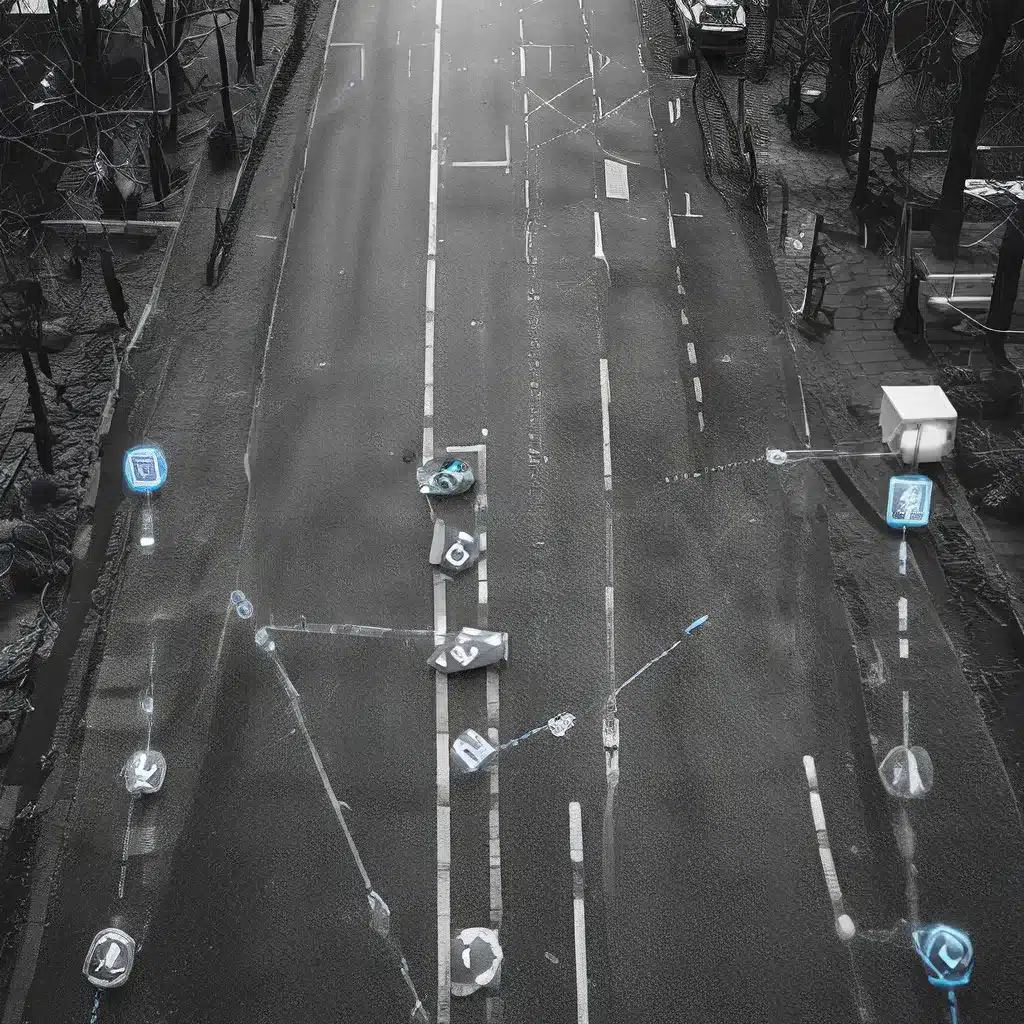
In the rapidly evolving world of the Internet of Things (IoT), sensor networks have emerged as the backbone, enabling organizations to collect and leverage vast amounts of real-time data. These interconnected devices, equipped with intelligent sensors, are transforming industries by providing unprecedented visibility and insights. However, as the IoT continues to expand, organizations face a new set of challenges in effectively managing and deriving value from the deluge of sensor data.
The Rise of Sensor-Driven Predictive Analytics
The IoT has significantly contributed to the exponential growth of global data, with sensor networks generating a vast amount of information. This data, collected in real-time from connected devices, holds the key to unlocking valuable insights that can drive business decisions. To make sense of this data, organizations are increasingly turning to predictive analytics, a powerful tool that leverages advanced algorithms and machine learning to anticipate future events and trends.
Predictive analytics incorporates machine learning capabilities to assess the likelihood of future events, allowing organizations to take proactive measures and avoid potential issues. By training models on historical data, these analytics can identify patterns and trends that signal potential problems or opportunities, empowering businesses to make informed decisions and optimize their operations.
One of the most promising applications of predictive analytics in the IoT realm is predictive maintenance. By embedding sensors in machines and equipment, organizations can continuously monitor vital metrics such as temperature, vibration, and energy consumption. Advanced analytics then analyze this data, detecting even the most subtle changes that might indicate a potential failure. This foresight enables proactive maintenance, allowing technicians to intervene before a breakdown disrupts operations, ultimately reducing downtime, minimizing costs, and extending the lifespan of equipment.
Overcoming IoT Data Challenges
While the potential of sensor-driven predictive analytics is immense, organizations often face significant challenges in effectively leveraging this data-rich landscape. The sheer volume, velocity, and variety of IoT data can be overwhelming, making it difficult to extract meaningful insights and transform them into actionable strategies.
One of the primary challenges lies in data visualization. The heterogeneous nature of IoT data, which can include structured, unstructured, and semi-structured formats, can make it challenging to present the information in a clear and concise manner. Effective data visualization is crucial for enabling stakeholders to understand the insights and make informed decisions.
Another significant hurdle is data storage and management. The continuous stream of data generated by sensor networks can quickly overwhelm traditional data storage solutions, necessitating the adoption of advanced big data technologies and architectures. Organizations must carefully consider the scalability, reliability, and accessibility of their data management infrastructure to ensure that the valuable insights derived from predictive analytics can be effectively leveraged.
Embracing the IoT Ecosystem
To overcome these challenges and unlock the full potential of sensor-driven predictive analytics, organizations must adopt a comprehensive approach that encompasses the IoT ecosystem as a whole. This involves addressing not only the data management and analysis aspects but also the broader operational and strategic considerations.
Integrating Sensor Networks and IoT Platforms
At the core of this approach is the seamless integration of sensor networks with IoT platforms. These platforms, such as sensor-networks.org, provide a centralized hub for data collection, storage, and analysis, enabling organizations to manage their connected devices and leverage predictive insights effectively.
IoT platforms often offer a range of capabilities, including remote monitoring, device management, and data visualization, which are crucial for maximizing the value of sensor-driven predictive analytics. By integrating these platforms with their existing systems and workflows, organizations can streamline their operations, improve decision-making, and enhance overall efficiency.
Addressing Security and Privacy Concerns
As sensor networks and IoT devices become ubiquitous, security and privacy emerge as critical considerations. The transfer of sensitive equipment data to the cloud and the potential vulnerabilities of interconnected devices pose significant risks that must be addressed. Organizations must prioritize the implementation of robust cybersecurity measures, such as encryption, access controls, and regular firmware updates, to safeguard their IoT ecosystems and maintain the trust of their customers and stakeholders.
Cultivating a Data-Driven Culture
Successful implementation of sensor-driven predictive analytics also requires a shift in organizational culture. Embracing a data-driven mindset is essential, as it enables employees at all levels to understand the value of the insights derived from sensor data and how to effectively leverage them in their decision-making processes.
This cultural transformation involves providing employees with the necessary training and resources to interpret and act upon the predictive analytics insights. It also requires a willingness to challenge traditional approaches and embrace a more proactive, data-informed way of operating.
The Future of Sensor-Driven Predictive Analytics
As the IoT landscape continues to evolve, the role of sensor-driven predictive analytics will only become more critical. Organizations that can effectively harness the power of this technology will gain a competitive edge, optimizing their operations, enhancing customer experiences, and driving innovation.
The future of sensor-driven predictive analytics holds immense promise, with advancements in artificial intelligence (AI) and machine learning (ML) poised to unlock even more sophisticated insights. By seamlessly integrating these technologies with sensor networks, organizations can anticipate and respond to emerging challenges, transforming how they operate and deliver value in an increasingly connected world.
Moreover, the integration of digital twin technology with sensor-driven predictive analytics can further enhance the ability to simulate, test, and optimize equipment and processes, ultimately leading to more efficient and resilient operations.
As the Internet of Things continues to reshape industries, the importance of sensor-driven predictive analytics will only grow. By embracing this transformative technology and addressing the associated challenges, organizations can position themselves for success in the sensor network and IoT-driven future.